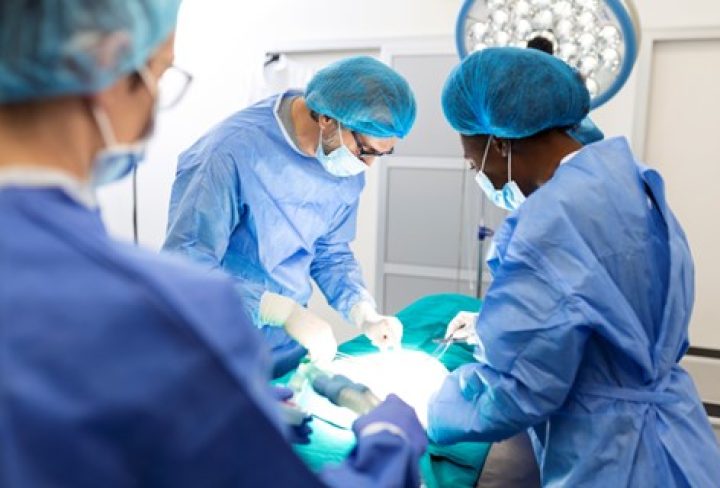- The ACL (anterior cruciate ligament) in the knee provides stability and can be injured during sports or high-impact activities.
- ACL surgery, also known as ACL reconstruction, is a procedure to repair the torn ligament and restore knee stability.
Types of ACL Surgery:
- Autograft: Your own tendon is used to replace the torn ACL.
- Allograft: A tendon from a donor is used as a replacement.
- Synthetic grafts: Artificial materials can also be used.
Preparing for ACL Surgery:
- Medical evaluation: Your overall health is assessed to ensure surgery is safe.
- Imaging tests: X-rays and MRI scans show the extent of the ACL injury.
- Preoperative instructions: You’ll receive specific guidelines for medication use and fasting before surgery.
The ACL Surgery Procedure:
- Anesthesia: You’ll be asleep and pain-free during the surgery.
- Arthroscopic approach: Small incisions are made to insert a camera and instruments into the knee joint.
- Graft placement: The torn ACL is removed and a new graft is positioned and secured in its place.
Postoperative Care and Recovery:
- Hospital stays: Most ACL surgeries are done as outpatient procedures.
- Pain management: Medications are given to manage pain during recovery.
- Rehabilitation: Physical therapy is essential to regain knee strength and stability.
- Return to activity: It may take 6 to 12 months to return to sports or physical activities.
Potential Complications and Risks:
- Infection, blood clots, graft failure, limited motion, knee pain, or instability are possible, but rare.
Conclusion:
- ACL surgery repairs the torn ligament and helps restore knee stability.
- With proper preparation, surgery, and rehabilitation, you can regain strength and return to your desired activities.
- Follow your healthcare team’s guidance for the best recovery.

